
How to Use Busbar 40amp : Examples, Pinouts, and Specs
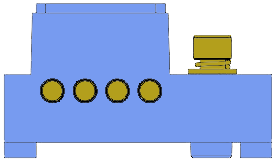
 Design with Busbar 40amp in Cirkit Designer
Design with Busbar 40amp in Cirkit DesignerIntroduction
A busbar is a conductive material designed to distribute electrical power to multiple circuits efficiently. The Busbar 40amp is specifically rated to handle a maximum current of 40 amps, making it suitable for medium-power distribution applications. It is commonly used in electrical panels, power distribution systems, and industrial control systems to simplify wiring and ensure reliable power delivery.
Explore Projects Built with Busbar 40amp
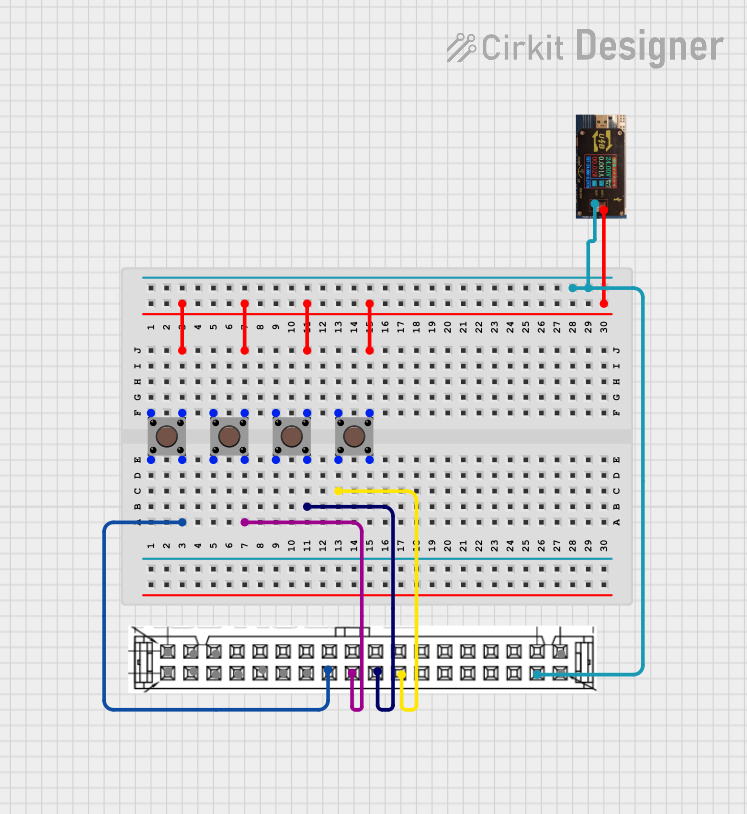
 Open Project in Cirkit Designer
Open Project in Cirkit Designer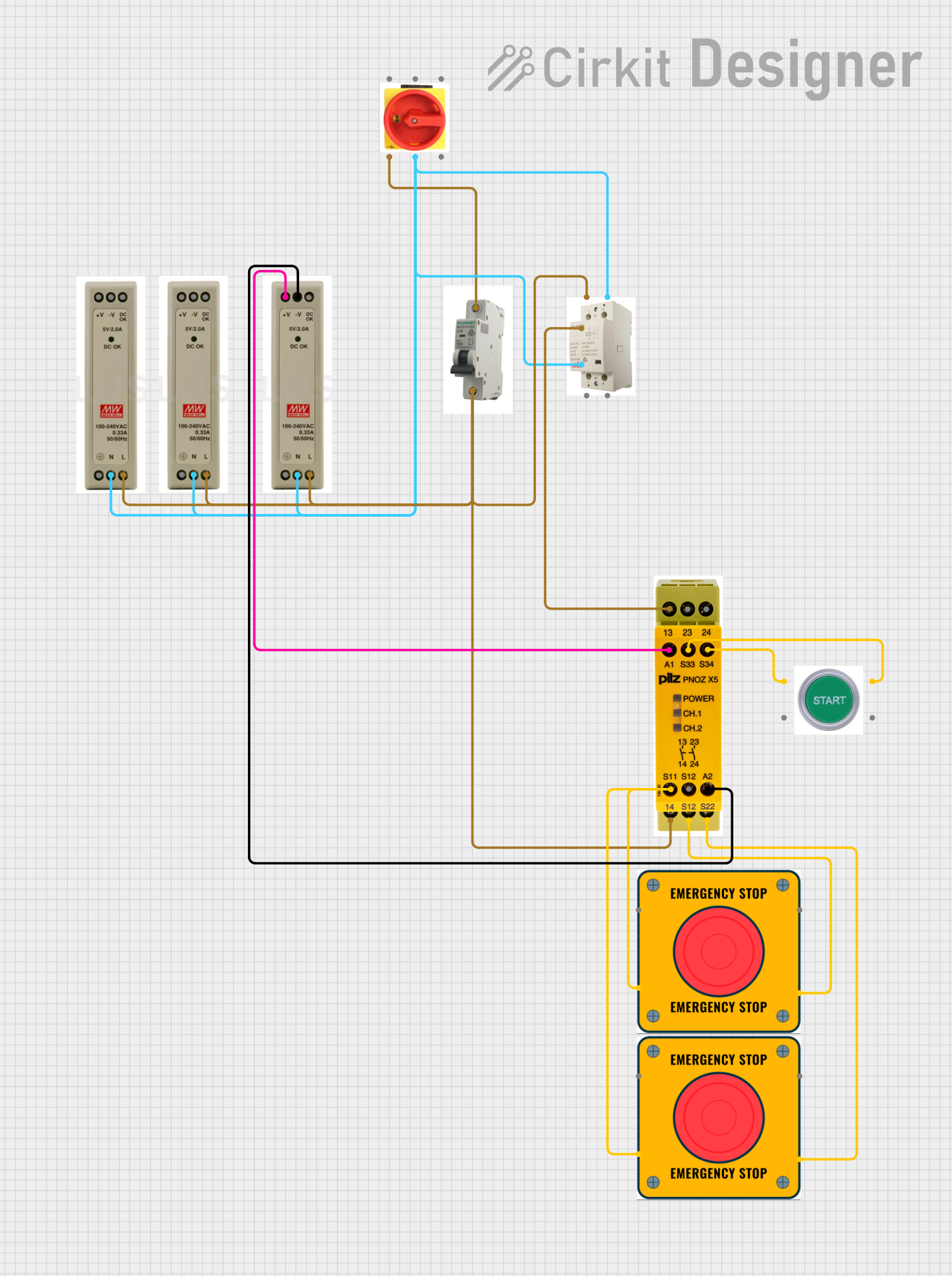
 Open Project in Cirkit Designer
Open Project in Cirkit Designer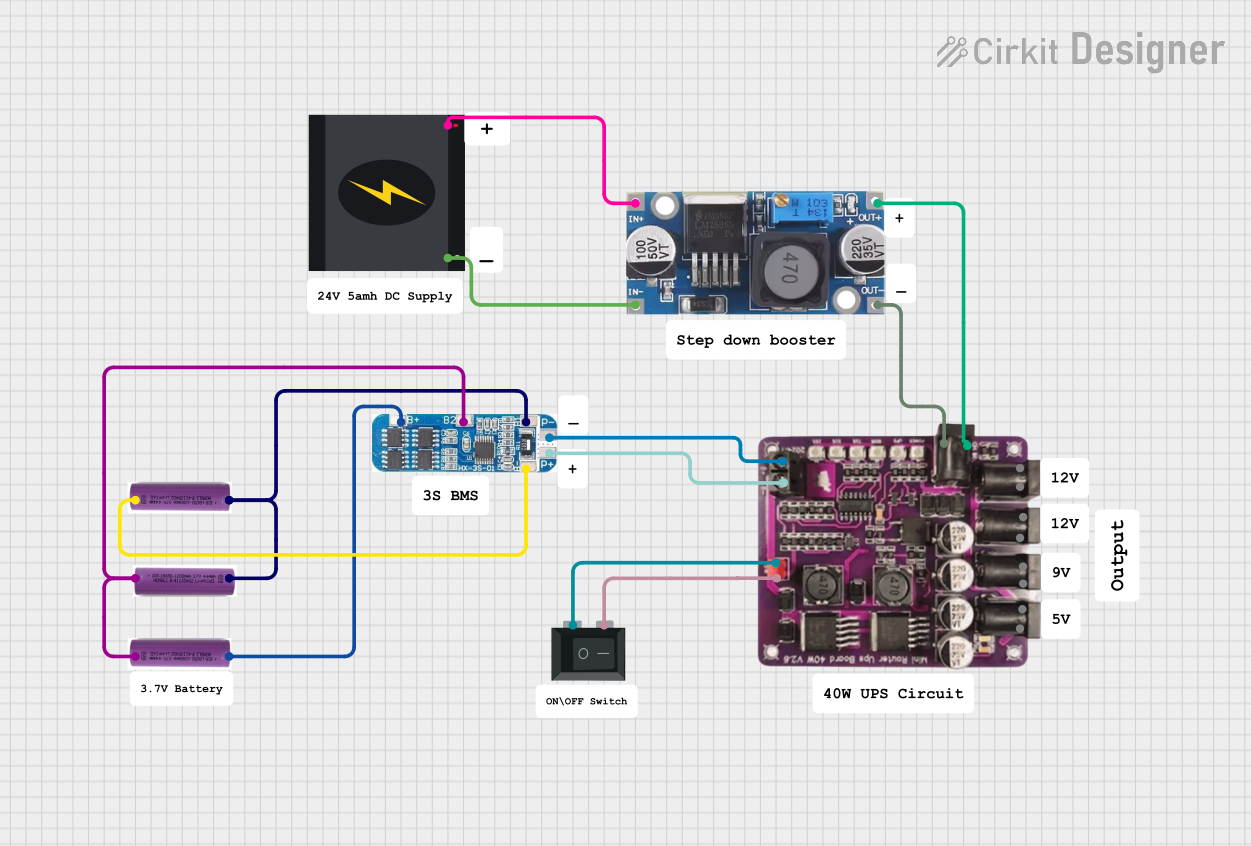
 Open Project in Cirkit Designer
Open Project in Cirkit Designer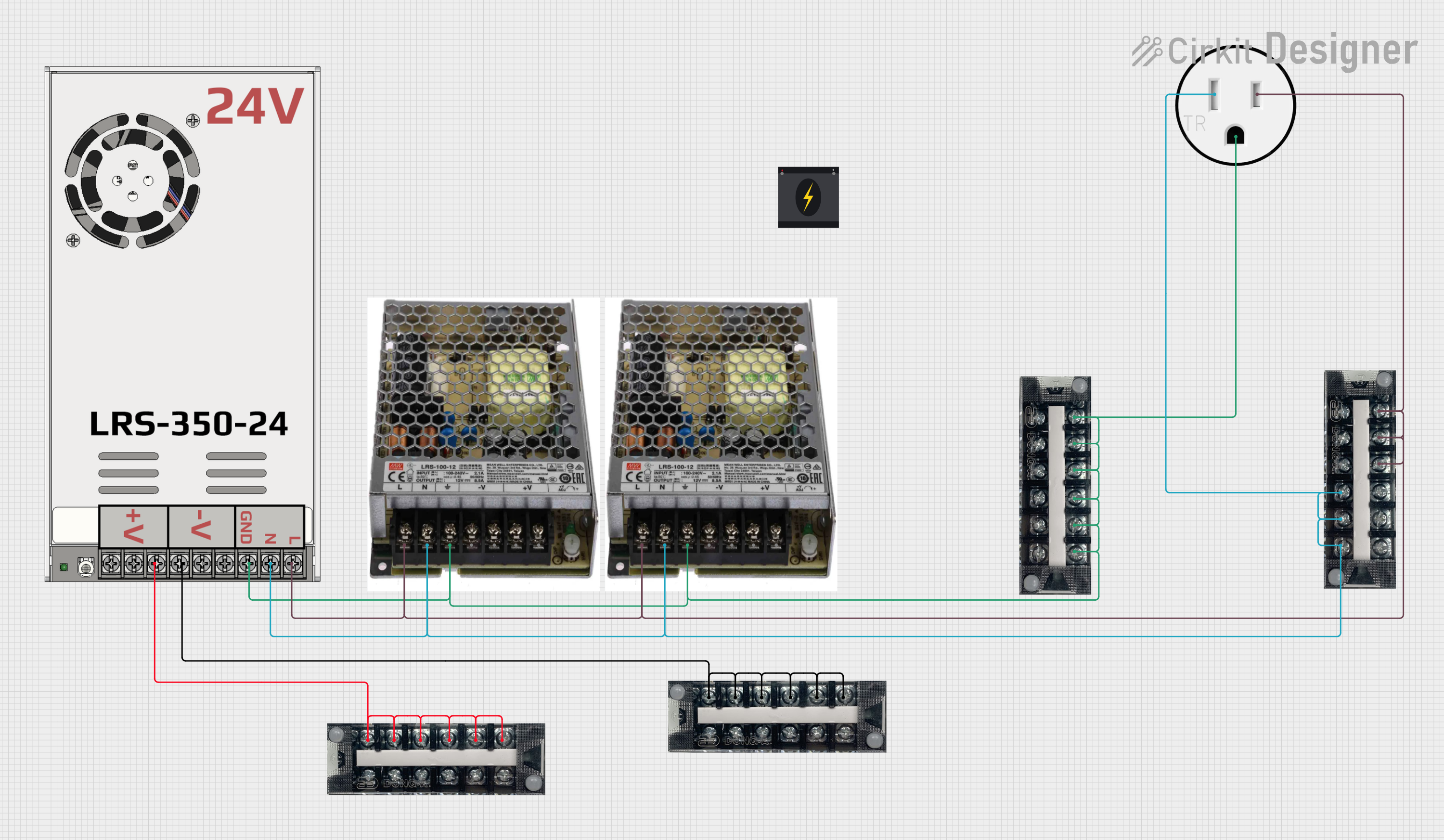
 Open Project in Cirkit Designer
Open Project in Cirkit DesignerExplore Projects Built with Busbar 40amp

 Open Project in Cirkit Designer
Open Project in Cirkit Designer
 Open Project in Cirkit Designer
Open Project in Cirkit Designer
 Open Project in Cirkit Designer
Open Project in Cirkit Designer
 Open Project in Cirkit Designer
Open Project in Cirkit DesignerCommon Applications and Use Cases
- Electrical panels for residential, commercial, and industrial setups
- Power distribution in renewable energy systems (e.g., solar panels)
- Industrial control systems and machinery
- Automotive and marine electrical systems
- Backup power systems and uninterruptible power supplies (UPS)
Technical Specifications
The Busbar 40amp is designed to meet the needs of medium-power distribution systems. Below are its key technical details:
General Specifications
| Parameter | Value |
|---|---|
| Maximum Current Rating | 40 Amps |
| Voltage Rating | Up to 600V AC/DC |
| Material | Copper (tin-plated for corrosion resistance) |
| Insulation Resistance | > 100 MΩ |
| Operating Temperature | -40°C to +105°C |
| Mounting Type | Screw or bolt-on |
| Dimensions | Varies by model (e.g., 100mm x 20mm x 5mm) |
Pin Configuration and Descriptions
The Busbar 40amp typically features multiple connection points (pins or terminals) for distributing power. Below is a general description of its configuration:
| Terminal Type | Description |
|---|---|
| Input Terminal | Main power input connection (rated for 40 amps) |
| Output Terminals | Multiple output connections for circuits |
| Mounting Holes | Holes for securing the busbar to a panel or enclosure |
Note: The number of output terminals may vary depending on the specific model of the busbar.
Usage Instructions
How to Use the Busbar 40amp in a Circuit
- Select the Appropriate Busbar Model: Ensure the busbar is rated for the current and voltage requirements of your application.
- Mount the Busbar: Secure the busbar to an electrical panel or enclosure using screws or bolts through the mounting holes.
- Connect the Input Power: Attach the main power supply to the input terminal using a properly rated wire and connector.
- Connect the Output Circuits: Distribute power to multiple circuits by connecting their wires to the output terminals.
- Tighten Connections: Use a torque wrench to tighten all connections to the manufacturer's recommended torque specifications to ensure reliable electrical contact.
- Test the System: After installation, test the system to verify proper power distribution and check for any loose connections.
Important Considerations and Best Practices
- Current Rating: Do not exceed the 40-amp current rating to avoid overheating or damage.
- Wire Selection: Use wires with appropriate gauge and insulation for the current and voltage levels.
- Corrosion Protection: Ensure the busbar is properly coated (e.g., tin-plated) to prevent corrosion, especially in humid or marine environments.
- Insulation: If the busbar is not pre-insulated, use insulating covers or barriers to prevent accidental contact.
- Spacing: Maintain adequate spacing between the busbar and other components to avoid short circuits.
Example: Connecting a Busbar to an Arduino UNO Power Supply
While a busbar is not directly connected to an Arduino UNO, it can be used to distribute power to multiple devices in a system that includes an Arduino. Below is an example of how to use a busbar to distribute 5V power from a regulated power supply:
// Example: Distributing 5V power to multiple devices using a busbar
// Note: Ensure the power supply can handle the total current draw of all devices.
void setup() {
// No specific code is required for the busbar itself, as it is a passive component.
// Ensure proper wiring and secure connections to the busbar terminals.
}
void loop() {
// Your Arduino code for controlling connected devices goes here.
// For example, controlling LEDs, sensors, or relays powered via the busbar.
}
Wiring Notes:
- Connect the 5V output of the regulated power supply to the input terminal of the busbar.
- Distribute the 5V power to multiple devices (e.g., sensors, relays) by connecting their power inputs to the busbar's output terminals.
- Ensure all ground connections are properly linked to avoid floating grounds.
Troubleshooting and FAQs
Common Issues and Solutions
| Issue | Possible Cause | Solution |
|---|---|---|
| Overheating of the busbar | Exceeding the 40-amp current rating | Reduce the load or use a higher-rated busbar. |
| Loose connections | Improperly tightened screws/bolts | Tighten connections to the recommended torque. |
| Corrosion on the busbar surface | Exposure to moisture or harsh environments | Use a tin-plated busbar or apply anti-corrosion coating. |
| Short circuits | Lack of insulation or improper spacing | Use insulating covers and maintain proper spacing. |
FAQs
Can I use the Busbar 40amp for DC applications? Yes, the busbar is suitable for both AC and DC applications, up to its rated voltage and current.
What wire gauge should I use with the Busbar 40amp? Use wires rated for at least 40 amps, such as 8 AWG or thicker, depending on the length of the wire and the application.
How do I prevent accidental contact with the busbar? Use insulating covers or barriers to protect the busbar and ensure safety.
Can I connect multiple busbars together? Yes, you can connect multiple busbars in parallel to increase the number of output terminals, but ensure the total current does not exceed the rating of the input busbar.
By following these guidelines, the Busbar 40amp can be safely and effectively used in a variety of power distribution applications.